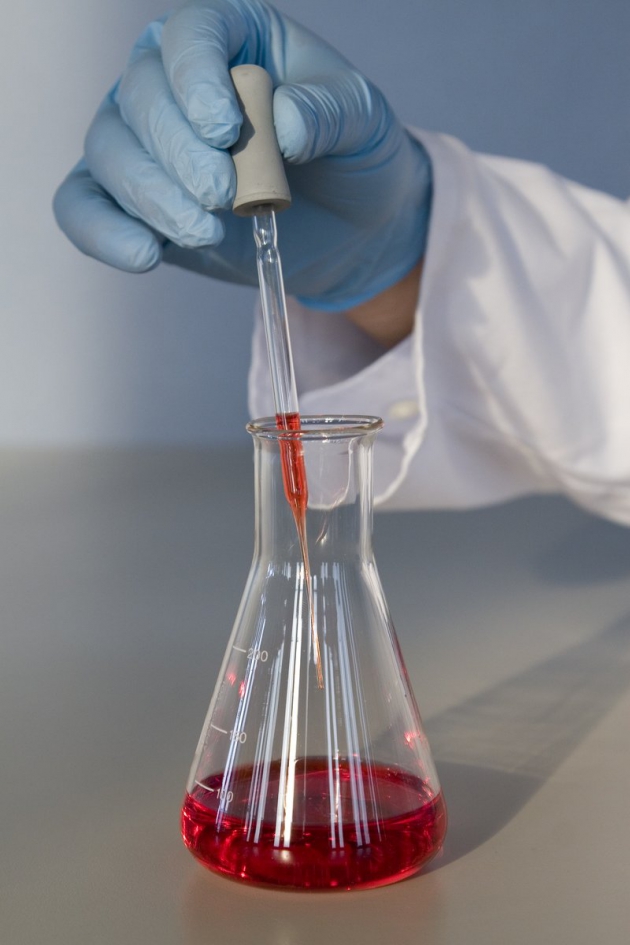With more than 30 years’ experience in the residential and commercial water treatment space, Mark Nelson is a Class 1 Drinking-Water Operator and a CBWA (Canadian Bottled Water Association) Certified Plant Operator. As founder and president of Nelson Water in Ottawa, Mark focuses on dealing with challenging water treatment system designs for problem water. He also heads the largest water bottling plant in the city of Ottawa with a delivery network throughout the Valley.
The MOE (Ministry of the Environment) regulates the testing and standards of public drinking water supplies. However drinking water is regulated provincially and the specific regulation for lead is called O. reg. 243/07. This regulation falls under the Safe Drinking Water Act 2002. This said, these rules are not applicable to individual water systems including residential single home private wells. As such, if you are a well owner, it is up to you to ensure that your water is free of harmful agents and truly safe to drink.
WQI aka Water Quality Indicators. What are they and how to understand them
There are several Water Quality Indicators or WQIs and a number of contaminants that should be tested for, within your water supply. A WQI test measures the presence, as well as the levels of bacteria or germs in the water. While the presence of WQIs may not be an immediate cause of disease, the presence may indicate potential issues such as sewer contamination or sickness causing bacteria.
Some examples of WQIs include fecal coliforms such as Escherichia coli or E-Coli bacteria. This particular germ can cause diarrhea, dysentery and in severe cases even hepatitis. Other WQIs include water pH, which determines the acidity of the water. This can affect the pipes in your home or encourage heavy metals to seep into the water.
There are some common contaminants, which can compromise the water quality e.g. volatile organic compounds and nitrates, which can create a number of detrimental health effects such as Blue Baby Syndrome or even an increased risk of developing certain forms of cancer.
When Should You Test Your Well Water?
The recommended testing frequency is minimally once a year. It is a good idea to schedule water testing each spring. You should also consider testing more frequently if there are known issues in your area or you have experienced any problems near the location of your well. For example, land disturbances or flooding will often allow contaminants to accumulate in your well from water runoff.
If you suspect your well may have been compromised by contaminants, you should not delay testing your water supply. If you notice any changes such as an unpalatable taste, unusual color or bad odour, you should have your water tested immediately. These may indicate a potentially serious problem such as contamination from heavy metals. In the case of certain bacteria and germs, however, the appearance, odor or taste of the water may not be even noticeable, so you may wish to consider having your well water tested more frequently throughout the year. This should be seriously considered if you live in a rural or industrial area where there is a risk of contaminated runoff after heavy rains.
As an added level of quality and safety, you may wish to consider a whole house water filtration system. These systems can eliminate a wide variety of contaminants to ensure that your drinking water and the water you use to bathe or cook with is free from heavy metals, germs, bacteria and other unwanted elements. This will ensure that even if your well water has been compromised, you and your family can still enjoy clean, clear drinking water.

